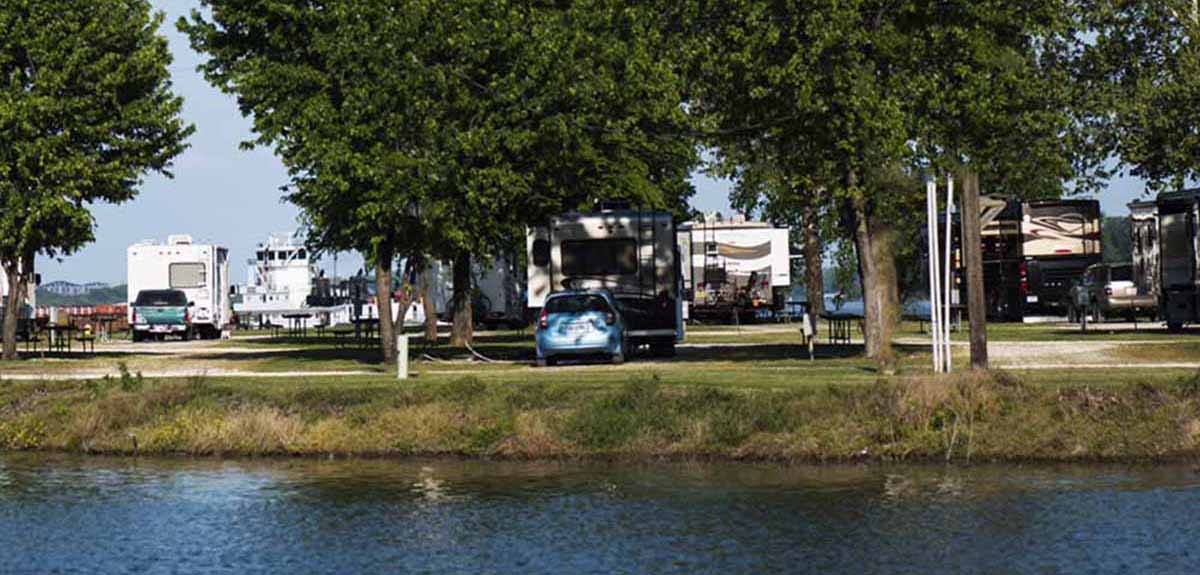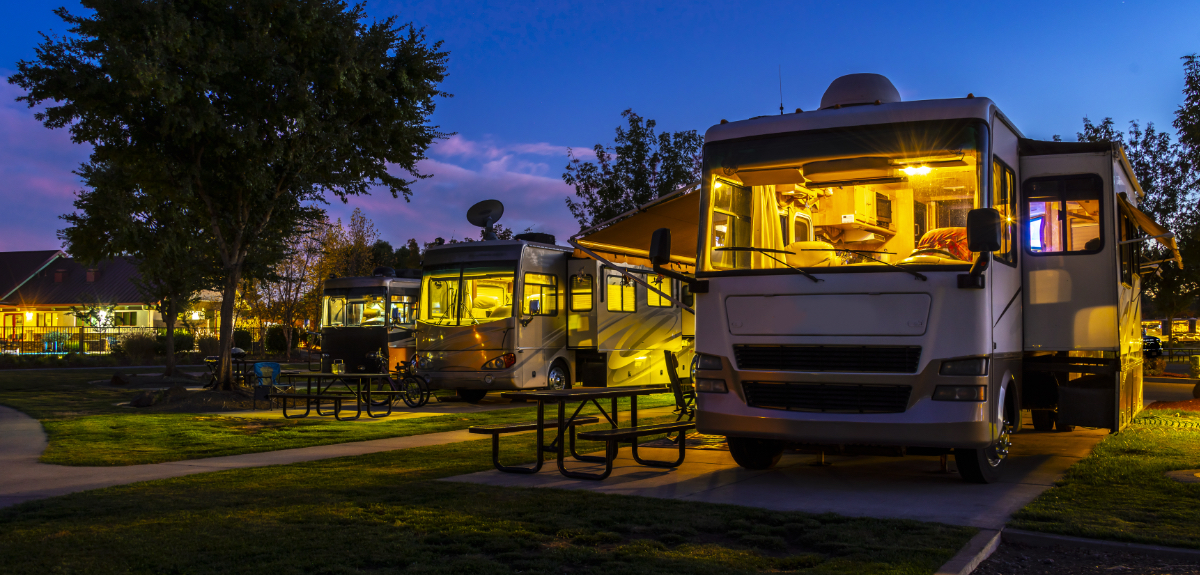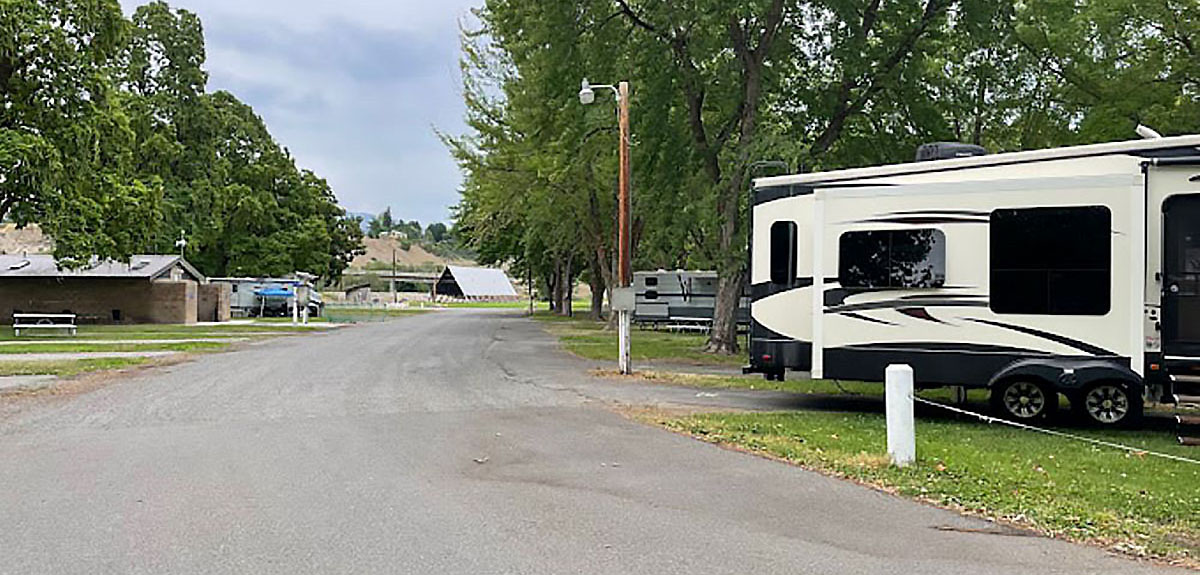How to Leave No Trace While RV Camping
These Tips Will Help You Minimize Your Impact on the Environment While RVing
Image Caption: Image Courtesy of Suriyapong Thongsawang/Getty
During the post-World War II era of the 1950s and 60s, America’s national parks saw a dramatic spike in visitors. At the time, hiking, backpacking, and camping were all the rage, and an increasing number of people were flocking to these iconic destinations. This tremendous growth in popularity was good for the health and wellbeing of the country, but as campsites and trails became overwhelmed with people, the environment began to suffer.
Eventually, this led the National Park Service, US Forest Service, and Bureau of Land Management to develop new guidelines for interacting with the outdoors. In 1987, the three organizations cooperatively released a pamphlet entitled “Leave No Trace Land Ethics,” outlining seven basic tenets for recreating responsibly on America’s public lands. Those pamphlets were distributed across the country in an effort to educate hikers and backpackers on how they could tread more lightly.
Today, the Leave No Trace (LNT) ethos has grown into the guiding principles that most people follow when spending time in the outdoors. And although originally conceived for use while traveling in the backcountry, those same principles can be applied to RVers, too.
Whether you’re boondocking at a remote location or staying at a private campground, here are ways to minimize your impact on the environment while RVing.

Image Courtesy of simonapilolla/Getty
Plan Ahead and Prepare
The first principle of LNT is to always plan ahead and be prepared. For RVers, that means plotting a safe route to the campsite and knowing how long it will take to get there. An RV-specific GPS device or app can help with that process, as those navigational aids take into account the size of your vehicle and will automatically route you around obstacles like tunnels and steep grades.
Another way to plan ahead and be prepared is by learning more about where you will be camping. By understanding the rules and regulations of the campground, you can avoid any unnecessary faux pas and stay in the good graces of management and your neighbors. It also helps to know whether the campsites are passthrough or back-in only. Does the site have a general store on its premises? Are there showers and laundry facilities? Will you have access to full hookups and dump stations?
Other essential items to research include upcoming weather forecasts for your destination, as bad weather may force you to alter your plans. Find out if the campsite has reliable cell service and check its proximity to the closet town should you need supplies.
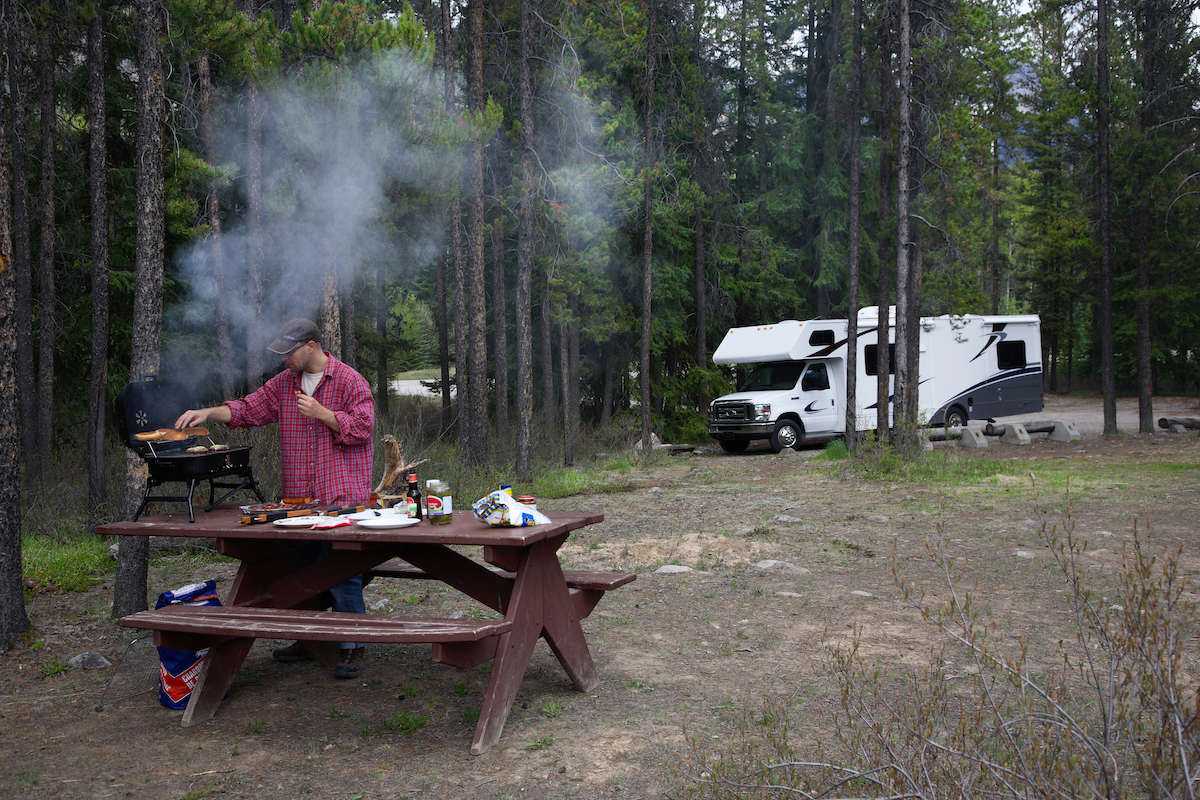
Image Courtesy of Tom Fowlks/Getty
Travel and Camp on Durable Surfaces
The Leave No Trace principles define “durable surfaces” as established campsites and trails, as well as rock, gravel, sand, and dry grasses. The LNT tenants discourage creating new campsites and recommend only using those established areas. This rule also recommends avoiding trampling over vegetation and being extra cautious when fording streams and rivers.
When camping in your RV, be mindful of where you drive and park the vehicle. Motorhomes and travel trailers are often large and heavy, which can lead to unintended damage to the environment. Sticking to established roads and campsites can minimize our impact and preserve the space for future generations to enjoy.
If you’re camping at a commercial campground, you’ll have a designated campsite that should already have a durable surface of some kind. When boondocking, you should also look for places where others have camped in the past. Creating new campsites is discouraged—and often forbidden—even in areas where dispersed camping is allowed.
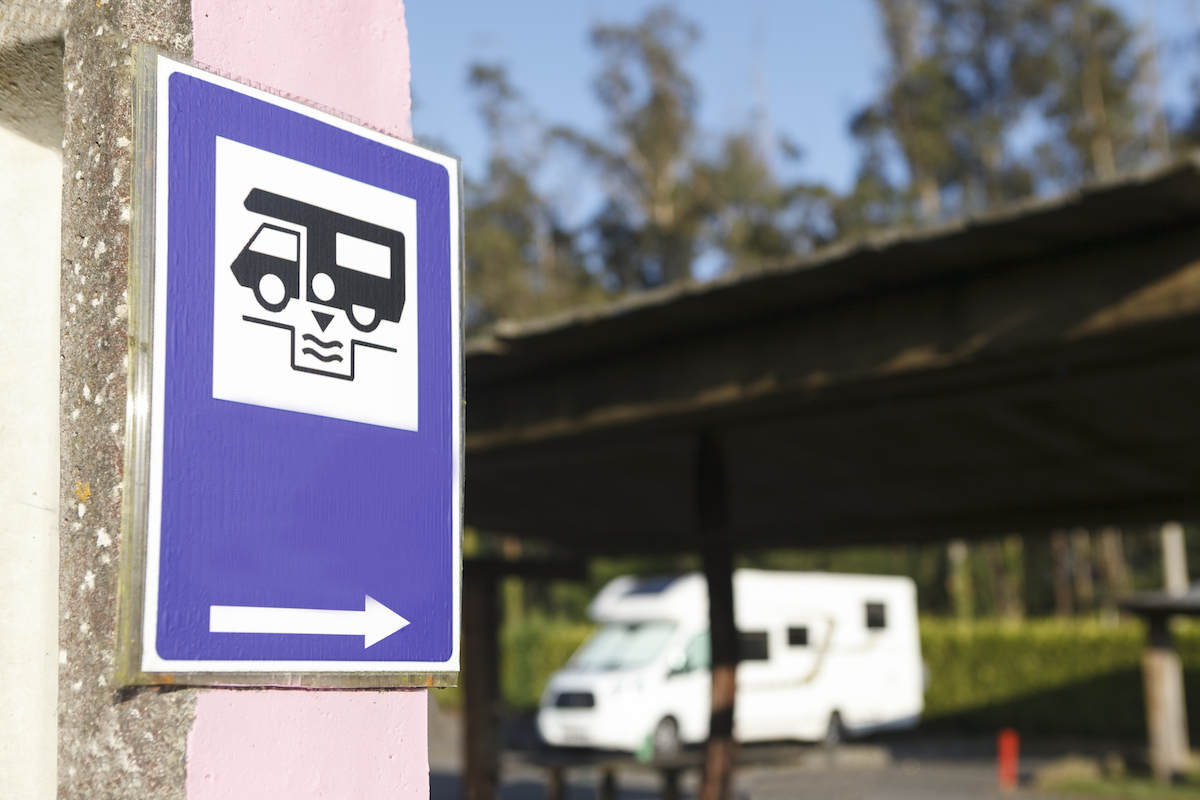
Image Courtesy of GUARDON/Getty
Dispose of Waste Properly
This is one of the more straightforward LNT principles to understand and adhere to. Simply put, anything you take to the campsite should come out with you when you leave. This includes all trash, leftover food, and human waste. This guideline also encourages us to leave the campsite cleaner than we found it by picking up any items left behind by previous visitors.
RVers camping at an established campground will likely find onsite trash cans and dump stations to help with waste management. Boondockers will have to haul out all of their trash themselves and find a dump station to empty their waste tanks. Gray- and blackwater tanks should not be emptied on public lands unless there is a dump station located nearby. Even composting toilets should only be emptied at a proper facility and not at a dispersed campsite.
Even biodegradable items like fruit and vegetable cores shouldn’t be left behind at the campsite. Those items can take months to decompose fully, creating a nuisance for the next person who camps there. Those items can also attract animals, potentially leading to all kinds of issues.
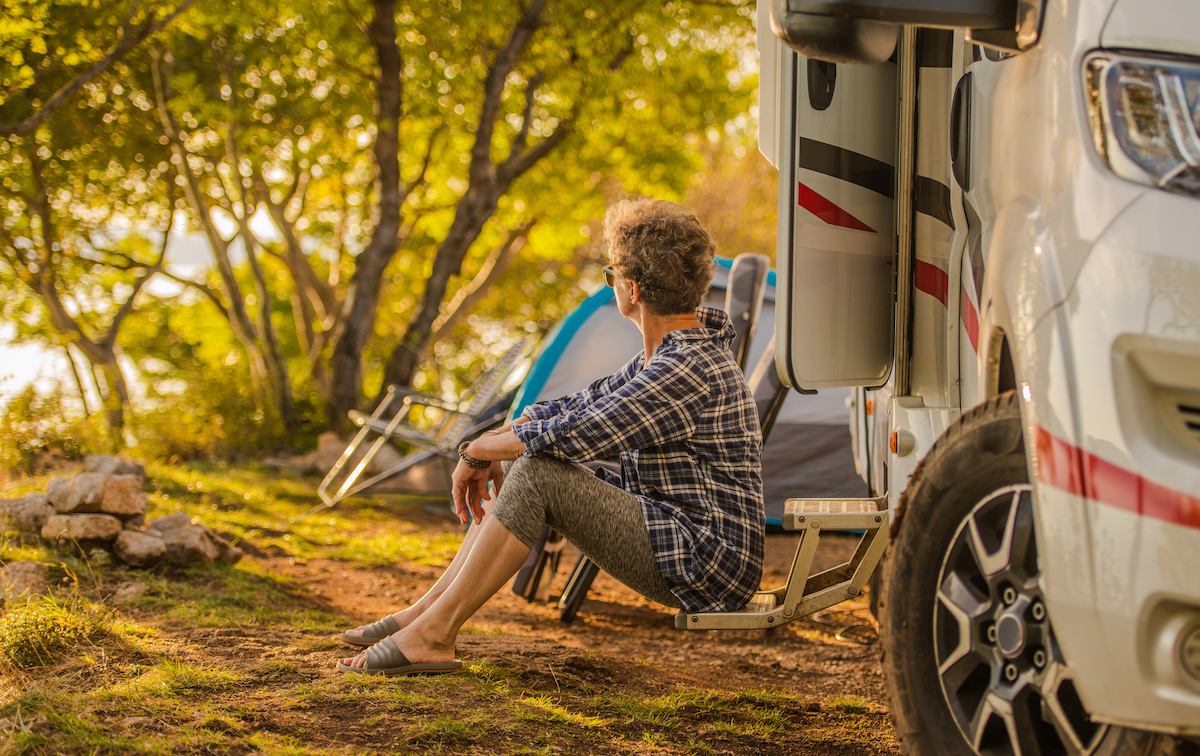
Image Courtesy of welcomia/Getty
Leave What You Find
In addition to packing out all of the items you bring with you, the Leave No Trace principles mandate that you leave behind anything you find during your adventure. This includes cultural and historical artifacts—like arrowheads—as well as rocks, wildflowers, and other plants. When camping on public lands, removing these items may even be illegal.
Additionally, RVers should take care to minimize the number of alterations made to a campsite. Whenever possible, leave natural areas just as you found them, even returning rocks, pine cones, and other items when you leave. Avoid digging holes and trenches, and don’t build any temporary structures such as lean-tos, chairs, or tables. Use an existing fire ring whenever possible, and don’t create any additional rings.
The one exception to the “leave what you find” rule is manmade items. As mentioned above, you should always remove any trash left behind by previous campers. This is good for the environment and keeps the campsite tidy for those who will use it next.
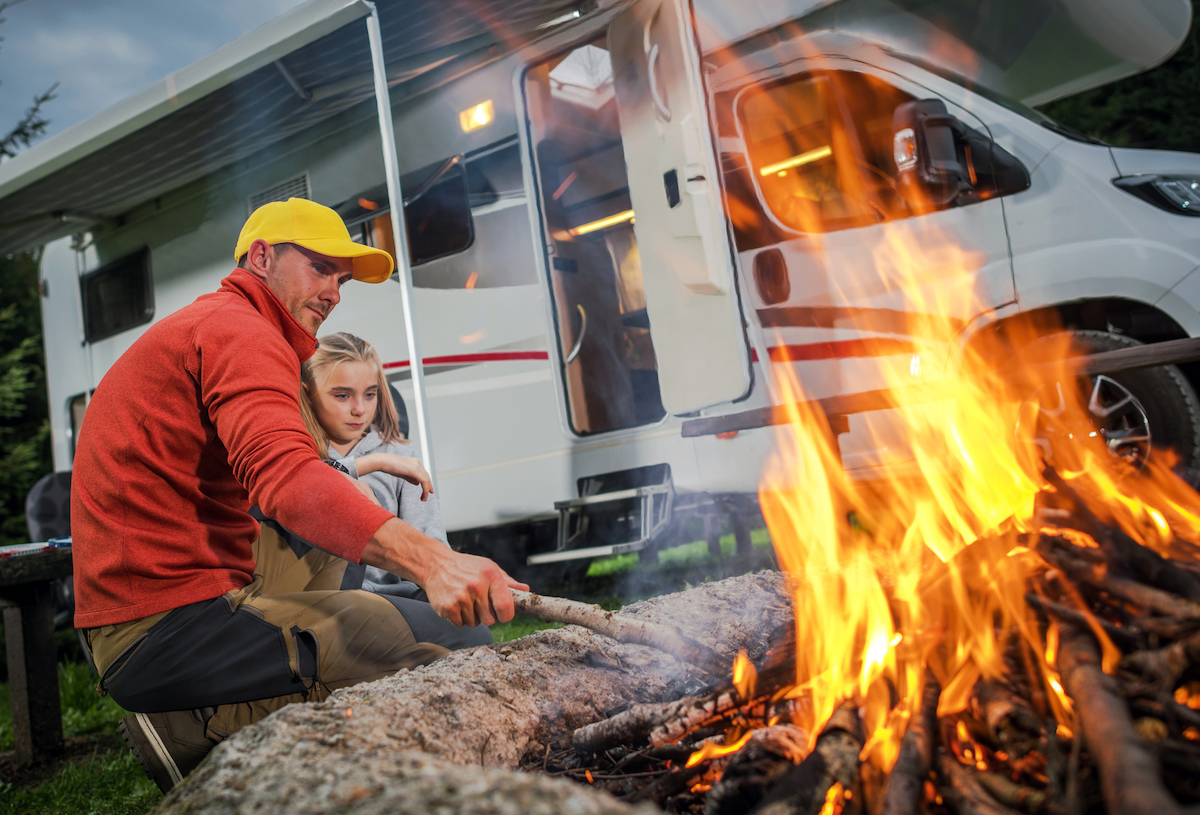
Image Courtesy of welcomia/Getty
Minimize Campfire Impact
One of the best things about camping is gathering around the campfire at the end of the day. It’s a perfect place to swap stories, enjoy some snacks, and get to know one another better. But a campfire can be potentially dangerous, particularly in areas experiencing droughts and may be more susceptible to forest fires.
Before starting a campfire, be sure to check in at a ranger station or with the campground manager to see if they are allowed. Even private campgrounds may ban open flames, so knowing the regulations ahead of time could save you a lot of hassle. If fires are permitted, use an existing fire ring, keep the flames small, and use locally-sourced wood.
Of course, the most important rule is to make sure the fire is entirely out before leaving it unattended. Douse the flames and remaining hot goals with water before going to bed or leaving the campsite. In a dry environment, it doesn’t take much to spark a wildfire, which can have dire consequences.
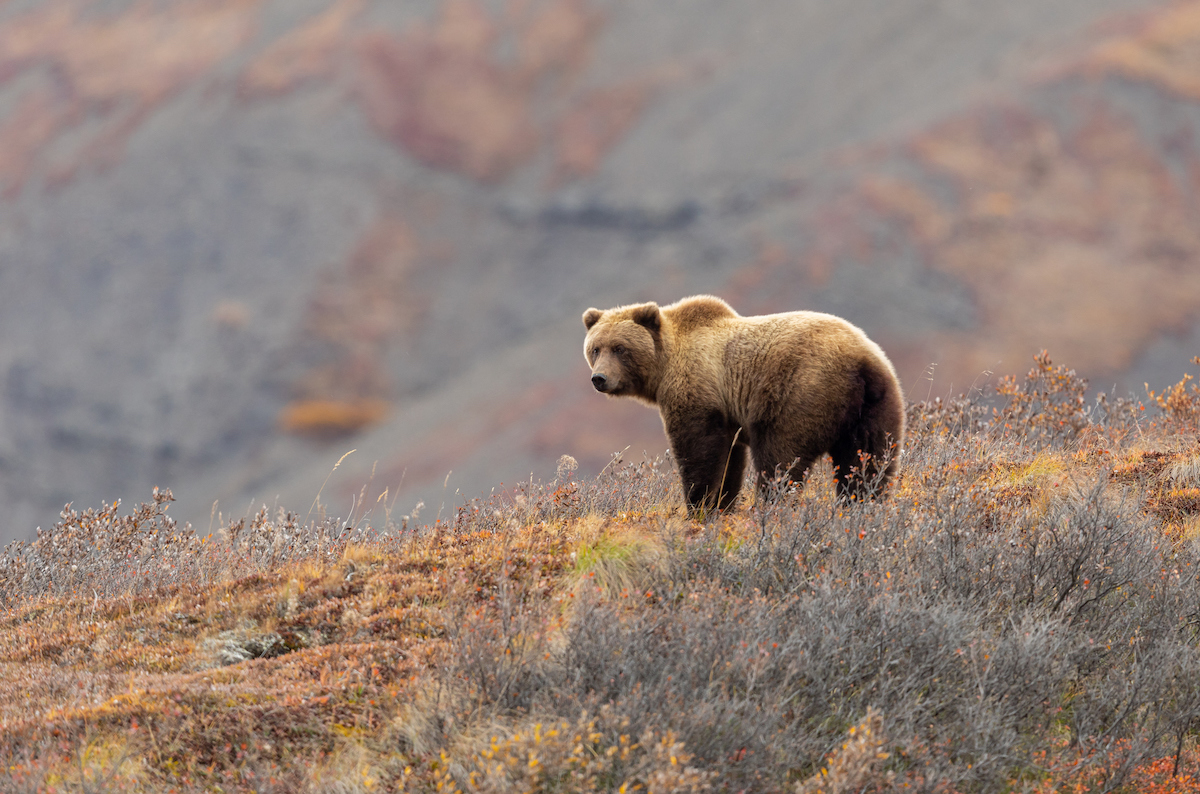
Image Courtesy of twildlife/Getty
Respect Wildlife
You know those videos we see each summer of someone getting charged by a bison in Yellowstone National Park? Don’t be that person. Respect all wildlife and give any animals that you encounter a wide berth. In the national parks, that means staying at least 25 yards away from most creatures, with that distance extended to 100 yards for bears and wolves. This buffer zone helps to ensure your safety and that of the animal.
As tempting as it may be, avoid feeding any wildlife you encounter in the outdoors. That may seem like common sense when it comes to predators like bears and mountain lions, but it applies to squirrels, marmots, and other small critters, too. By feeding these animals, they become accustomed to interacting with humans, which can be very dangerous. Giving these creatures food that isn’t part of their natural diet can also be harmful to their health.
Additionally, when camping or hiking in an animal’s known habitat, try keeping noise and sudden movements to a minimum. Wildlife can get very stressed by humans in their vicinity, which could cause them to panic, causing them to lash out or flee to someplace unsafe. Remember, even when staying in an RV, we’re invading the space of those creatures, which can be very unsettling for them.
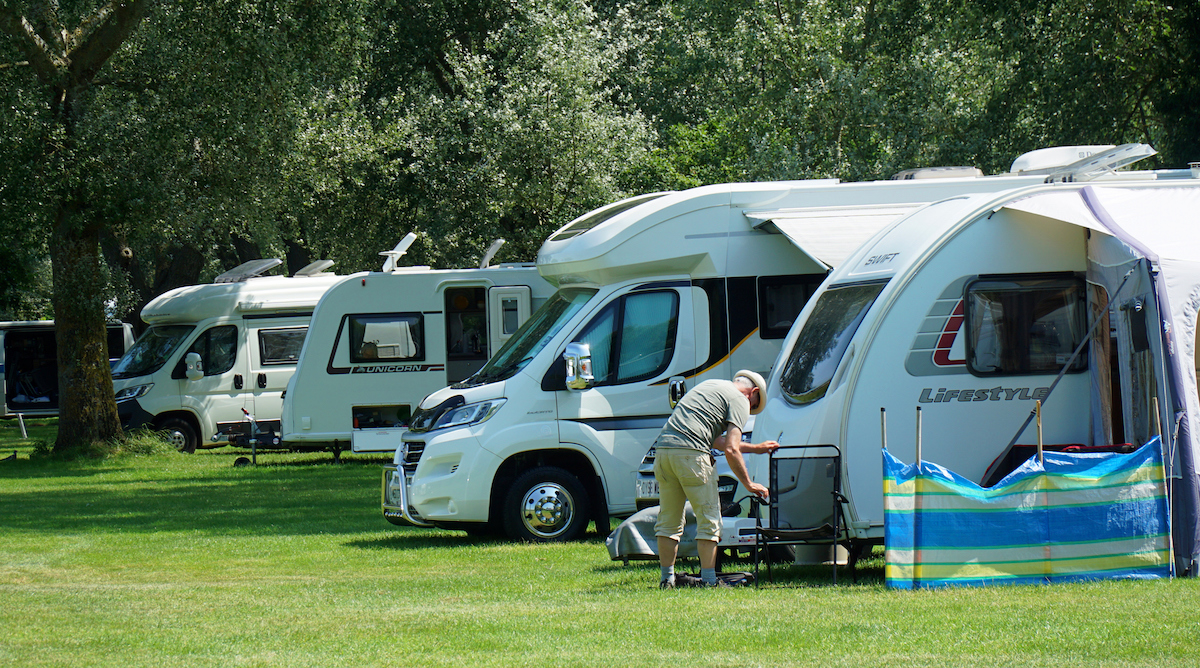
Image Courtesy of umdash9/Gett
Be Considerate to Others
This LNT principle is pretty self-explanatory, but it is important to keep in mind all the same. Many people like to go camping and hiking because it gives them a chance to escape the hustle and bustle of regular life and reconnect with nature for a while. But that can be hard to do if their neighbors at the next campground are loud, obnoxious, and don’t clean up after themselves.
Whether boondocking at a remote campsite or staying at a busy private camping resort, try to keep your noise levels to a minimum. This is especially true during imposed quiet hours and late at night when other campers may be trying to sleep. Keep the volume turned down on wireless speakers and outdoor television sets, and be aware of the rules for when you can and can’t use a gas-powered generator.
Keeping your campsite clean and orderly will win over your neighbors. By picking up trash before it accumulates, you’re keeping your camp from becoming an eyesore to everyone else around you. Don’t let your RV, outdoor equipment, trash, or other items infringe on the space of others. By respecting those around you, you’ll get the same respect back, making your outdoor experience better.
As technology, camping techniques, and the world around us continues to evolve, so do the seven principles of Leave No Trace. Visit the website for the LNT nonprofit organization to learn more about these guidelines and how they impact conservation and outdoor travel.

Kraig Becker is a writer in the RV, outdoors, and adventure travel space. Over the course of his career he has contributed to such outlets as Popular Mechanics, Outside Online, Business Insider, TripSavvy, Digital Trends, GearJunkie, The Adventure Blog, and countless others. And avid runner and cyclist, he enjoys camping, hiking, mountain biking, kayaking, and just about any other outdoor activity. His travels have taken him to seven continents and on many amazing adventures.


